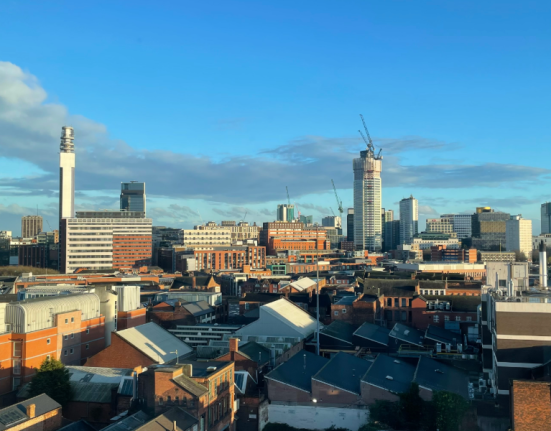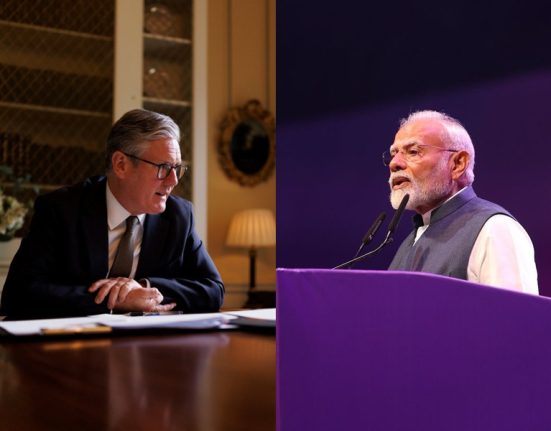The Office for National Statistics (ONS) is meant to be the gold standard of truth. Instead, it has been caught short, underestimating the scale of Britain’s gender pay gap – and the consequences are serious.
Narrowing pay gap
For years, the ONS has claimed the gulf between men’s and women’s wages was narrowing, even hinting at progress towards equality.
New analysis reveals their methodology relied too heavily on flawed assumptions and incomplete datasets.
By ignoring bonuses, overtime and high-earning sectors dominated by men, the statisticians painted a rosier picture than reality.
The “official” gap was always smaller than the lived experience of millions of women.
The implications are damning. Successive governments pointed to ONS figures as evidence their policies were working. Employers shrugged, insisting they were doing enough. Meanwhile, women remained stuck earning thousands less than male colleagues, year after year.
Being misled
This isn’t just about miscalculation – it’s about trust. If the UK’s leading statistical authority can’t properly measure something as fundamental as pay inequality, what else are we being misled about?
Accountability matters. ONS officials should explain how they got it wrong, what political or cultural blind spots skewed their work, and why it took outside scrutiny to expose the error.
The gender pay gap is not an academic exercise. It’s about pounds and pennies, lost income, lost pensions and lost independence for half the population.
Underestimation doesn’t just mask inequality – it entrenches it. The ONS must do better. Britain’s women have been betrayed and cannot afford another statistical whitewash.






